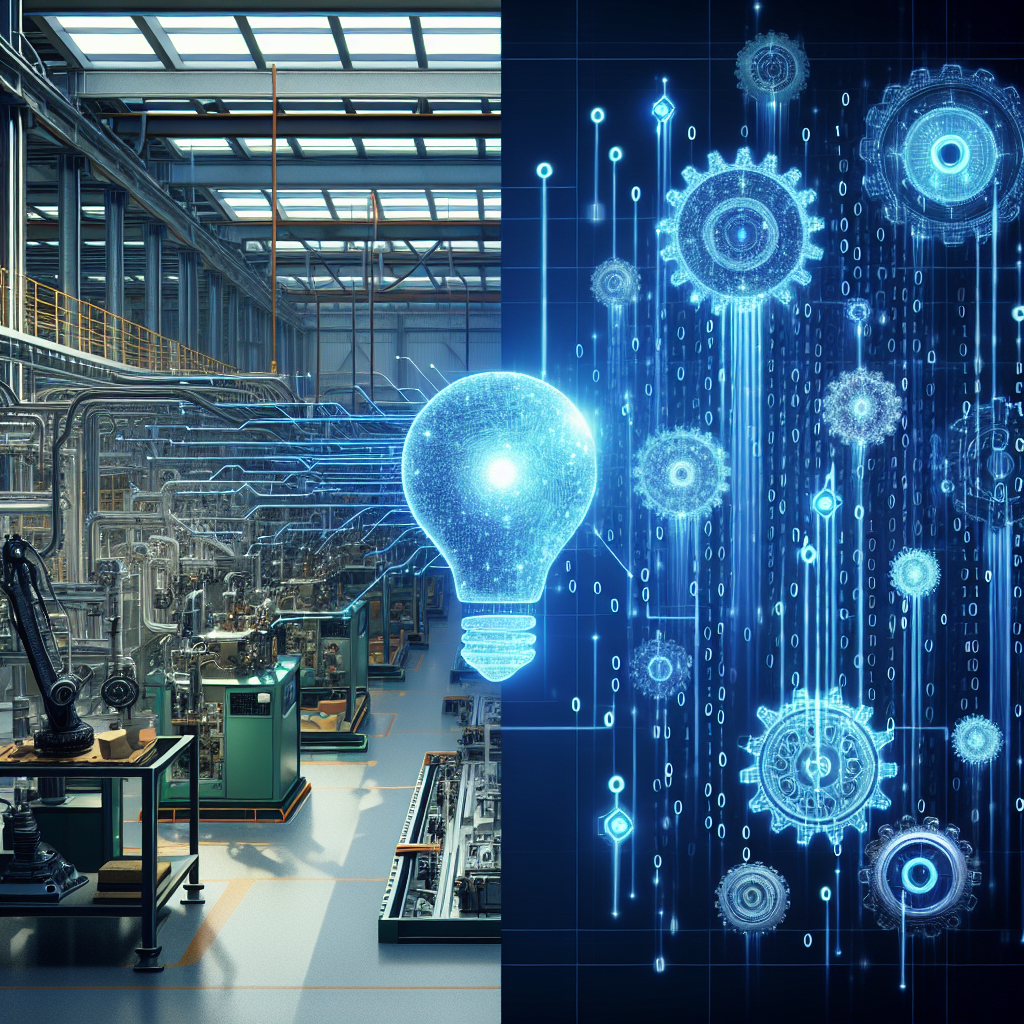In recent years, the manufacturing industry has been revolutionized by the integration of artificial intelligence (AI) and digital twin technology. Digital twins are virtual replicas of physical assets, processes, or systems that can be used for simulation, monitoring, and optimization. By combining AI with digital twins, manufacturers can create powerful tools that enable them to improve efficiency, reduce costs, and optimize production processes.
AI-powered digital twins in manufacturing have the potential to transform the industry in a variety of ways. These technologies can help manufacturers predict and prevent equipment failures, optimize production schedules, and improve product quality. By using AI to analyze data from sensors and other sources, manufacturers can gain valuable insights into their operations and make data-driven decisions that lead to better outcomes.
One of the key benefits of AI-powered digital twins is predictive maintenance. By using AI algorithms to analyze data from sensors embedded in equipment, manufacturers can predict when a machine is likely to fail and take proactive steps to prevent downtime. This can save manufacturers time and money by avoiding costly repairs and production delays.
Another benefit of AI-powered digital twins is the ability to optimize production processes. By creating a virtual replica of their production line, manufacturers can simulate different scenarios and identify opportunities to improve efficiency. For example, they can test different production schedules, identify bottlenecks, and optimize resource allocation to maximize output.
AI-powered digital twins can also be used to improve product quality. By monitoring data from sensors throughout the production process, manufacturers can identify defects or anomalies early on and take corrective action to ensure that only high-quality products are shipped to customers. This can help manufacturers reduce waste and improve customer satisfaction.
Overall, AI-powered digital twins have the potential to revolutionize the manufacturing industry by enabling manufacturers to make data-driven decisions that lead to improved efficiency, reduced costs, and higher product quality. As these technologies continue to evolve, we can expect to see even greater benefits for manufacturers in the future.
FAQs:
Q: What is a digital twin?
A: A digital twin is a virtual replica of a physical asset, process, or system that can be used for simulation, monitoring, and optimization. It allows manufacturers to create a digital representation of their operations and use it to gain valuable insights and make data-driven decisions.
Q: How does AI-powered digital twins work in manufacturing?
A: AI-powered digital twins in manufacturing use artificial intelligence algorithms to analyze data from sensors and other sources to predict equipment failures, optimize production processes, and improve product quality. By combining AI with digital twin technology, manufacturers can create powerful tools that enable them to make data-driven decisions that lead to better outcomes.
Q: What are the benefits of AI-powered digital twins in manufacturing?
A: Some of the key benefits of AI-powered digital twins in manufacturing include predictive maintenance, optimized production processes, and improved product quality. These technologies enable manufacturers to predict and prevent equipment failures, optimize production schedules, and identify defects early on to improve efficiency, reduce costs, and enhance customer satisfaction.
Q: How can manufacturers implement AI-powered digital twins in their operations?
A: Manufacturers can implement AI-powered digital twins in their operations by first creating a digital replica of their assets, processes, or systems. They can then use AI algorithms to analyze data from sensors and other sources to gain insights and make data-driven decisions. By integrating AI with digital twin technology, manufacturers can optimize their operations and achieve better outcomes.
In conclusion, AI-powered digital twins have the potential to transform the manufacturing industry by enabling manufacturers to make data-driven decisions that lead to improved efficiency, reduced costs, and higher product quality. As these technologies continue to evolve, we can expect to see even greater benefits for manufacturers in the future.

